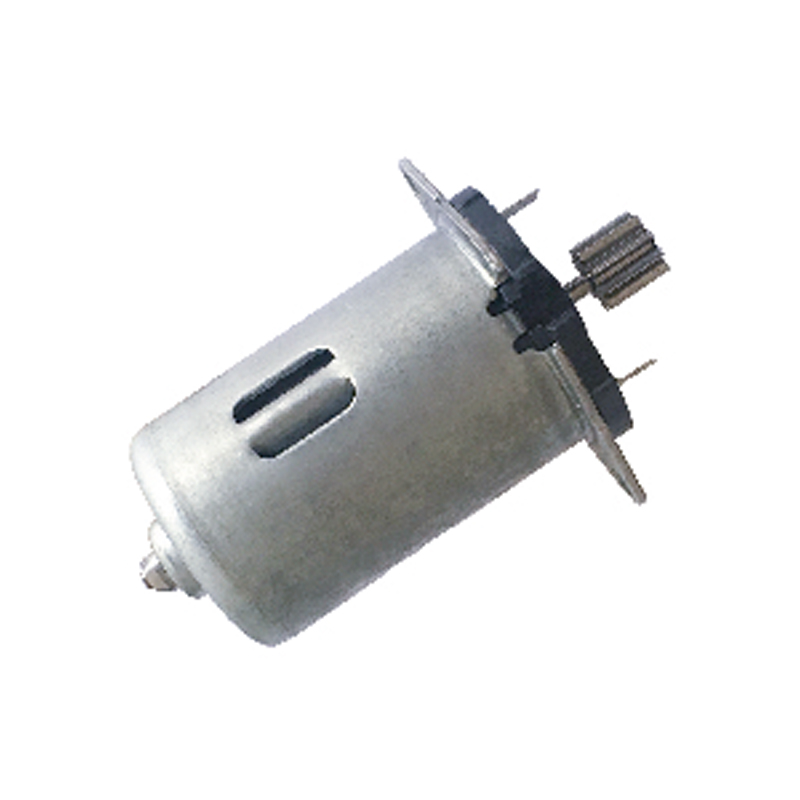A micro motor, also known as a miniature motor or a small electric motor, operates on the same basic principles as larger electric motors but in a significantly smaller size. It typically consists of a rotor (also called an armature), a stator, and a power source.
Here's a simplified explanation of how a micro motor works:
Rotor: The rotor is the moving part of the motor. It is usually a small coil of wire that is mounted on an axle or shaft. The rotor may also have permanent magnets attached to it.
Stator: The stator is the stationary part of the motor. It consists of a set of stationary coils of wire arranged in a circular pattern around the rotor. The coils in the stator are connected to a power source.
Electromagnetic Fields: When an electric current flows through the coils in the stator, it generates a magnetic field. This magnetic field interacts with the magnetic field produced by the rotor (either due to its permanent magnets or induced by the current flowing through its coil).
Commutator (for brushed motors): In some micro motors, particularly brushed motors, a commutator is used to switch the direction of current in the rotor coil as it rotates. The commutator consists of copper segments that make contact with brushes attached to the power source. This switching of current direction helps maintain continuous rotation of the rotor.
Motor Action: When the current flows through the stator coils, the interaction between the magnetic fields causes a force to be exerted on the rotor. This force creates a rotational motion in the rotor, causing it to spin.
Power Source: The micro motor is connected to a power source, typically a battery or a DC power supply, which provides the electrical energy required to generate the magnetic fields in the stator coils.
By controlling the direction and magnitude of the current flowing through the stator coils, the speed and direction of the micro motor can be regulated. Micro motors are widely used in various applications, including robotics, medical devices, consumer electronics, and automotive systems, where small size and precise control are essential.




 English
English Español
Español






 Tel:
Tel:
 Fax:
Fax:
 Phone:
Phone:
 Email:
Email:
 Add:
Add:
